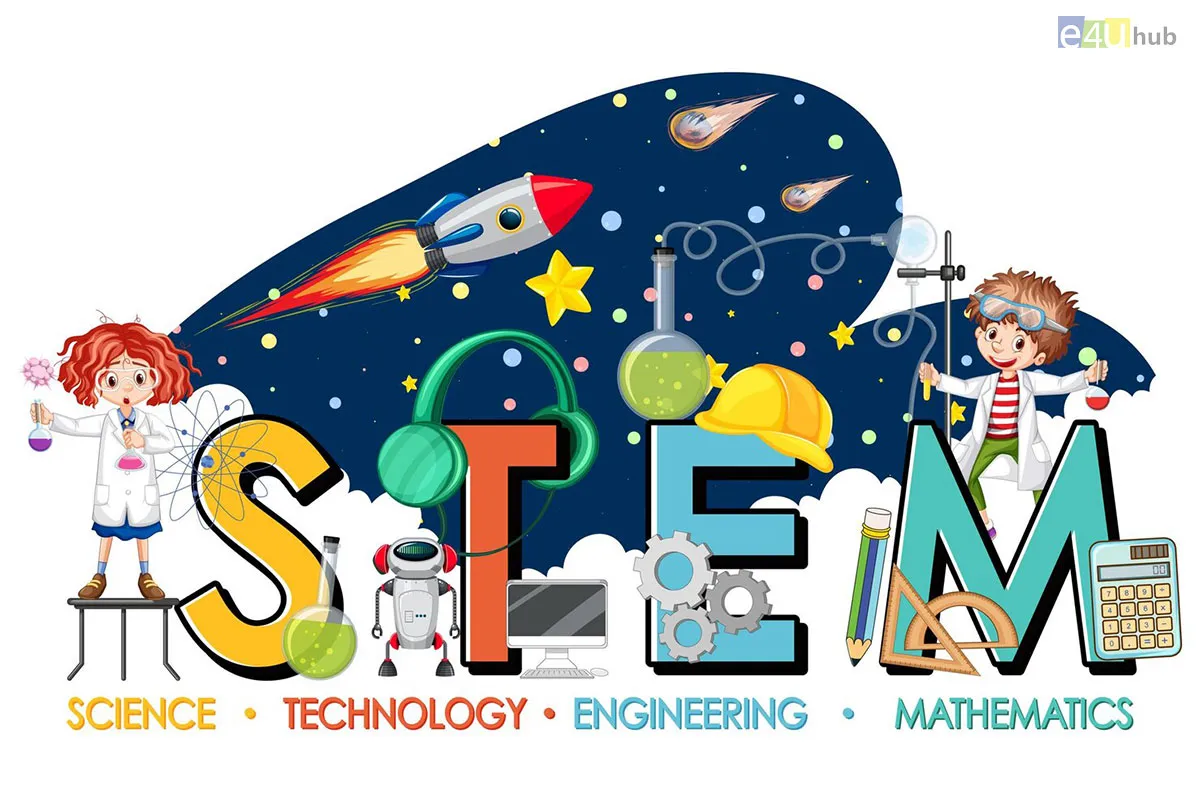
About STEM Education
- 31 Oct, 2023
- Education
- 524 Views
- 0 Comments
STEM education stands for Science, Technology, Engineering, and Mathematics education. It is an interdisciplinary and applied approach that is coupled with hands-on, problem-based learning. STEM education integrates these four disciplines in the classroom, aiming to prepare students for the challenges of the 21st century. Here are several important aspects and points to consider about STEM education:
1. Interdisciplinary Learning:
a) Integration of Subjects: STEM education integrates concepts from science, technology, engineering, and mathematics, emphasizing their interconnectedness.
b) Real-World Applications: Students solve real-world problems by applying knowledge and skills from multiple disciplines.
2. Hands-on Learning:
a) Experiential Learning: STEM education often involves hands-on activities, experiments, and projects that allow students to learn through direct experience.
b) Project-Based Learning (PBL): PBL is a common approach in STEM education, where students work on projects that require collaboration, critical thinking, and problem-solving.
3. Critical Thinking and Problem-Solving:
a) Analytical Skills: STEM education fosters analytical thinking and problem-solving skills, encouraging students to analyze situations and develop logical solutions.
b) Innovation and Creativity: STEM education encourages innovation and creativity by challenging students to design, create, and invent.
4. Technological Integration:
a) Use of Technology: Technology is a fundamental component of STEM education. Students learn to use various tools, software, and hardware to solve problems and create solutions.
b) Coding and Programming: Basic coding skills are often introduced, teaching students the fundamentals of programming languages.
5. Collaboration and Communication:
a) Teamwork: STEM projects often require collaboration, teaching students how to work effectively in teams, share ideas, and delegate tasks.
b) Communication Skills: Students learn to communicate their ideas and findings clearly and persuasively, a crucial skill in any STEM-related field.
6. Career Opportunities:
a) STEM Careers: STEM education prepares students for a wide range of careers in fields such as engineering, computer science, healthcare, environmental science, and more.
b) Closing the Skills Gap: STEM education helps bridge the skills gap by equipping students with the skills necessary for the rapidly evolving job market.
7. Inclusivity and Diversity:
a) Encouraging Diversity: Efforts are made to promote diversity and inclusivity in STEM fields, encouraging participation from underrepresented groups.
b) Equal Opportunities: STEM education aims to provide equal opportunities for all students, regardless of their gender, race, or socioeconomic background.
8. Global Perspective:
a) Global Challenges: STEM education prepares students to address global challenges, such as climate change, healthcare issues, and sustainable energy solutions, fostering a global perspective.
STEM education is not just about preparing future scientists and engineers; it's about equipping all students with valuable skills that are applicable in various fields and preparing them to be informed, innovative, and critical thinkers in our technology-driven world.















Leave a Reply